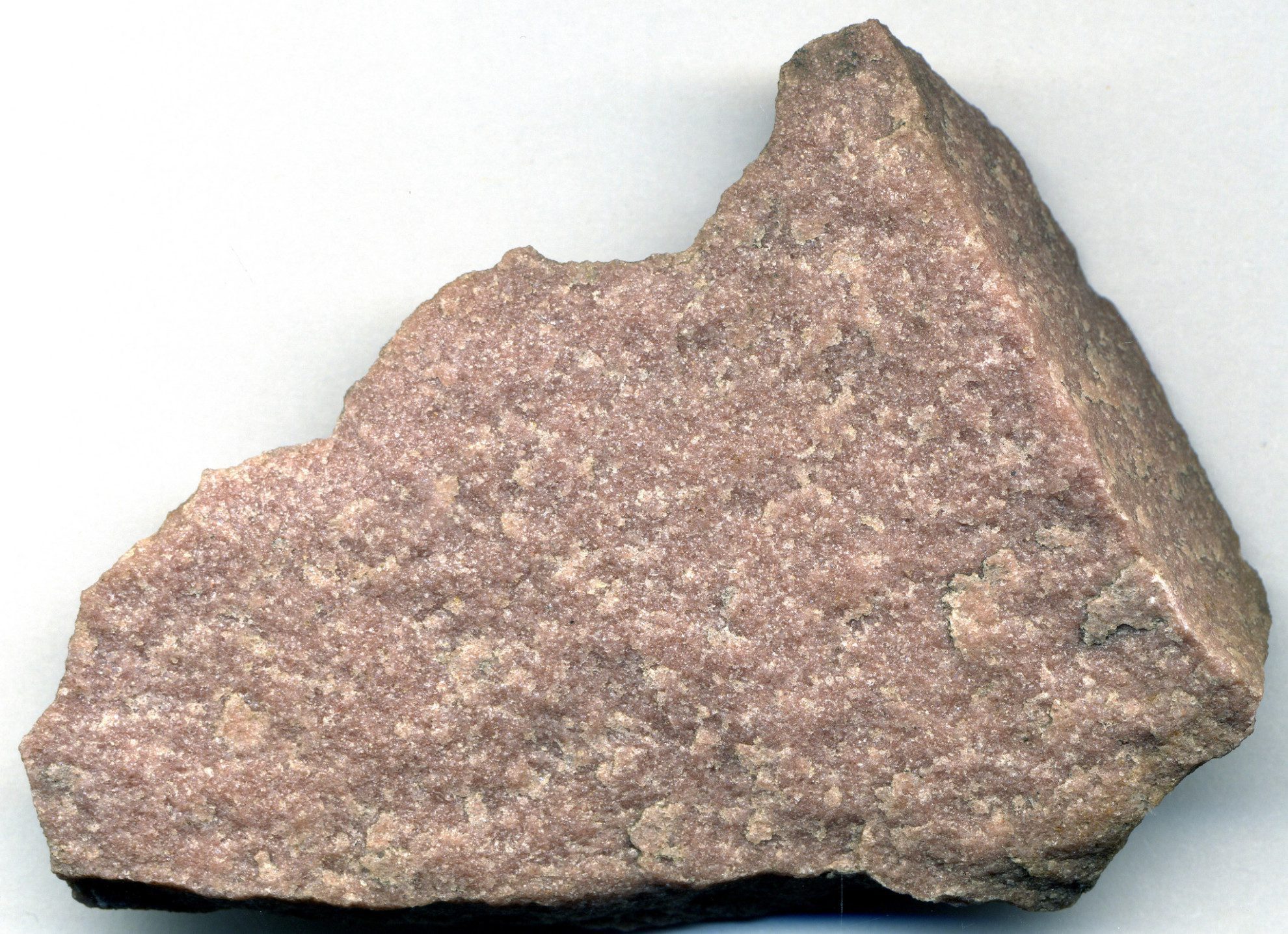Quartzite Value, Price, and Jewelry Information
Quartzite is a rock made up of tightly packed quartz grains. Sometimes, it contains small crystals that reflect light. This material is called aventurine.
Start an IGS Membership today
for full access to our price guide (updated monthly).Quartzite Value
Comments
A rock made up of tightly packed quartz grains, formed at high temperature and pressure, due to metamorphism. Sometimes it contains small crystals that reflect light, and this material is called aventurine. Usually the included crystals are green, chrome-rich mica called fuchsite. Other micas that may form aventurine include gray varieties or brown types (from Chile). The density is usually 2.64-2.69. Occurrence: Spain; Russia; India; Chile.
Stone Sizes
Quartzite and milky quartz are massive varieties available in large pieces.
International Gem Society
Related Articles
Black Diamond Value, Price, and Jewelry Information
Chameleon Diamond Value, Price, and Jewelry Information
Gray Diamond Value, Price, and Jewelry Information
Green Diamond Value, Price, and Jewelry Information
Latest Articles
Brazilianite Value, Price, and Jewelry Information
Ruby-Glass Composites vs Leaded Glass Clarity Enhancements
Morganite Buying Guide
How Do Amethysts Form?
Never Stop Learning
When you join the IGS community, you get trusted diamond & gemstone information when you need it.
Get Gemology Insights
Get started with the International Gem Society’s free guide to gemstone identification. Join our weekly newsletter & get a free copy of the Gem ID Checklist!
